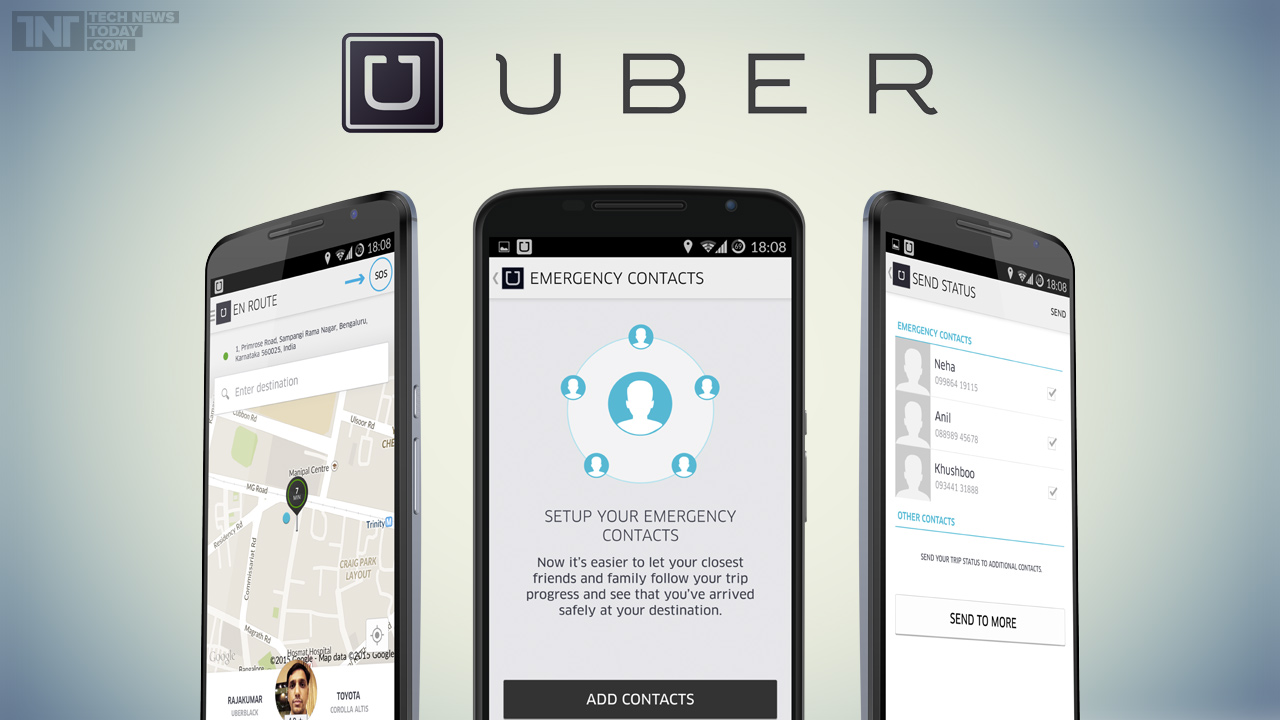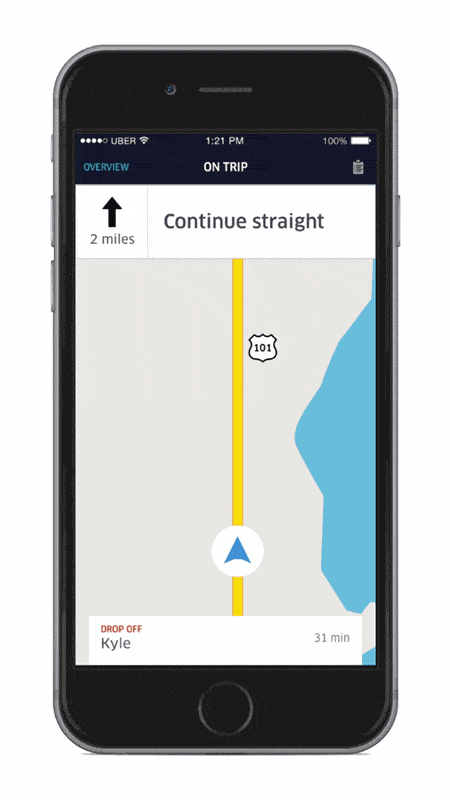
Source: TECH NEW TODAY

The article entitled “How Uber Engineering Increases Safe Driving with Telematics” by Beinstein and Sumers (2016) provides insight into Uber’s utilization of telematics data to improve road safety and eradicate unsafe driving habits. Under the company’s mobile architecture, Global Positioning System (GPS) information from each trip is processed under Trip Services. This is combined with the information gathered via Uber’s Vehicle Movement Processor (VMP), which analyses key indicators including harsh braking and sudden acceleration, which will complement and enhance the credibility of the telematics data obtained from the drivers. Combining the information from Uber’s VMP, the resultant data will subsequently be processed under Apache’s distributed streaming platform, Kafka, before they are committed to long-term storage under the HADOOP Distributed File System (HDFS). Beinstein and Sumers (2016) also highlighted Uber’s use of various computational softwares, including Apache Hive and Apache Spark, to compute and derive telematics statistics such as “daily city-level averages for hard brakes.” After the data is being analysed, it will be stored under the Elasticsearch cluster and made available via an Application Programming Interface (API) for developers.
The emergence of rail-hailing app Uber has revolutionized and transformed the ride-hailing industry, providing commuters with a safer alternative to the traditional taxis. This is supported by Uber’s embracement and effective deployment of innovative technology which ushered in fundamental changes to the traditional transportation and ride-hailing industry, “adding to the safety of the service far more than any government regulation could” (Shaffer, 2017).
In contrast to traditional taxi companies, Uber has employed numerous key safety features which includes collecting and analyzing of sentiment and vehicle telematics data and utilizing of sensors on drivers’ devices to detect and predict drivers’ behaviours (Kashyap, 2017), (can be reshaped into more effective thesis)
In fact, Uber has also entered into partnership with various non-profit organizations such as the Governor’s Highway Safety Association and MADD (Sheehey-Church, 2016) to introduce numerous safety pilots to its consumers. Some examples include personalized travel reports for drivers, speed displays and other safety reminders pertaining to the drivers’ use of the app.
In addition, to sift out drivers who portray dangerous or aggressive driving practices on the roads, a bi-directional rating framework (known as the Uber Star Rating) is adopted. As mentioned by Isaac (2014), both drivers and riders will be prompted to provide ratings to each other after each trip. Under this rating system, drivers who received a collective rating of less than 4.6 out of 5.0, will be notified to be at risk of being “deactivated”; which encourages drivers to consistently improve and correct bad driving habits.
In conclusion, Uber’s utilization of telematics data and innovative technology, such as speed tracking via GPS technology and the use of a rating system, illustrates Uber’s long-term commitment to promote safe driving through leveraging of telematics technologies.
References (APA):
Beinstein, A., & Sumers, T. (2017). How Uber Engineering Increases Safe Driving with Telematics. Uber Engineering Blog. Retrieved October 02, 2017, from https://eng.uber.com/telematics/
Isaac, E. (2014). Disruptive Innovation: Risk-Shifting and Precarity in the Age of Uber. Retrieved October 01, 2017, from https://pdfs.semanticscholar.org/0d90/07be68160ee0c27e2abb5e10f92a42075e66.pdf.
Kashyap, S. (2017), How Uber is harnessing technology to ensure safe rides. Retrieved October 07, 2017, from https://yourstory.com/2017/09/uber-harnessing-technology-ensure-safe-rides
Shaffer, S. (2017), Uber, Lyft are safer than cabs. Retrieved October 07, 2017, from http://www.baltimoresun.com/news/opinion/readersrespond/bs-ed-uber-lyft-letter-20170103-story.html
Sheehey-Church, C. (2016). New App Features and Data Show How Uber Can Improve Safety on the Road. Retrieved October 12, 2017, from https://www.uber.com/newsroom/safety-on-the-road-july-2016

No comments:
Write comments